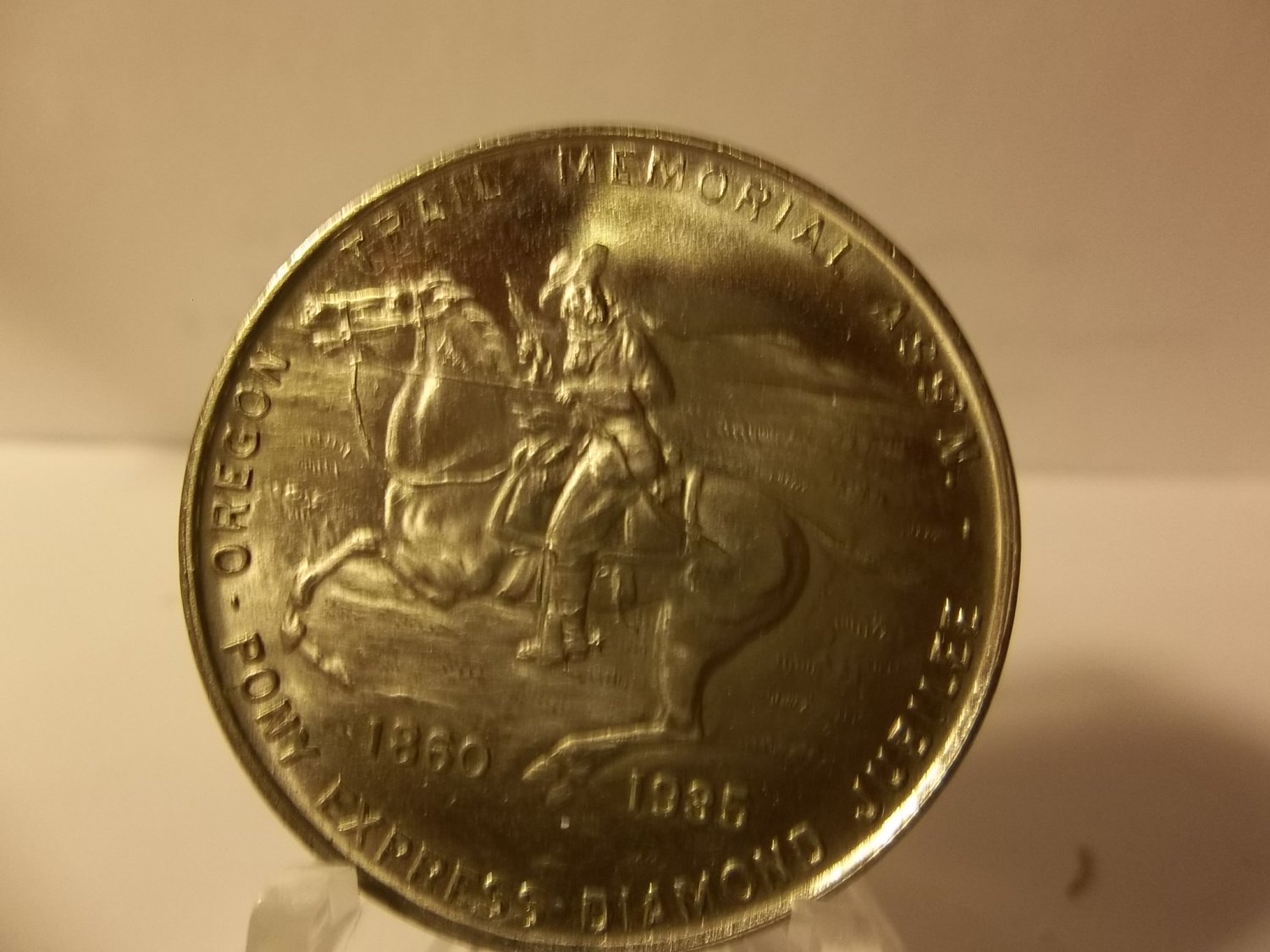

Today, the Robert Henry Museum and Walkway commemorates the artist career of the town’s native son and preserves several historic buildings, including the Willow Island Pony Express Station. 77 purchased the station’s original log cabin and moved it to Cozad Park. Decades later, the Dawson County American Legion Post No. Billy Campbell and Melville Baugh both were riders on this portion of the trail. In 1866 the station’s structures included an adobe house, stables, and a frame store. Later, it was moved and known as Willow Island Station and was used for a stagecoach stop as well as for the Pony Express. The original cabin, built about 1849, was first located on the south bank of the Plate River south of Darr and used as a trading post. Willow Island/Willow Bend Station – This station was located approximately six miles southeast of Cozad, Nebraska, in Dawson County.


The Plum Creek Massacre site and cemetery are located about five miles south of Overton, Nebraska. Although the cemetery commemorates the victims, they were actually buried elsewhere. Here, warriors attacked a Denver-bound wagon train, killing 13 men, and captured a woman and a boy. However, a cabin from the Plum Creek Pony Express Station may be seen in the city park in Lexington, Nebraska.Ībout five miles south of the station occurred the Plum Creek Massacre on August 8, 1864. Sometime after August 1867, the station was burned and abandoned. Indian attacks on wagon trains and stagecoaches, including the Plum Creek Massacre, between 18 led to the establishment of a small garrison of troops at Plum Creek Station. Later, the station’s log structures housed a Pony Express station and stage stop, and even later a telegraph station. In 1859, the Leavenworth & Pike’s Peak Express Company listed Plum Creek as a stop on its route. The site also featured Daniel Freeman’s trading post. Plum Creek Station – Thought to have been located about ten miles southeast of Lexington, Nebraska, sources generally agree that this was a relay station. In 1865, the station was destroyed by fire. The 1861 Overland Mail Company contract listed the station as Garden. It has also been called by several names, including Shakespear’s, Sydenham’s Ranche, Biddleman’s Ranch, and Platte Stage Station. Historians have listed it as six miles southwest and six miles southeast of Elm Creek. Garden Station – The exact identity and location of this site remains unknown. It was thought to have been located about five miles southeast of Odessa, Nebraska. When the Central Overland California and Pike’s Peak Express assumed control of these stations and started the Pony Express, it is likely that they made the Seventeen Mile Station a relay station on the route. Seventeen Mile/Platte Station – In 1859, the Leavenworth & Pike’s Peak Express Company established a stagecoach station at Seventeen Mile Station to serve as the first stop for passengers after Fort Kearny. This segment of the Pony Express was the same as the Oregon– California and Mormon Trails. It crossed the High Plains toward the Rocky Mountains and included more than 30 stations along the route. This division extended through western Nebraska, a short ride through Colorado, returned to Nebraska, then into eastern Wyoming. Ottinger, appeared in Harper’s Weekly, 1867.ĭivision Two of the Pony Express Trail stretched from Fort Kearny, Nebraska to Horseshoe Creek Station, Wyoming. The Pony Express was running while the telegraph lines were being built.


 0 kommentar(er)
0 kommentar(er)
